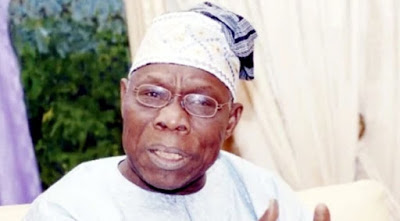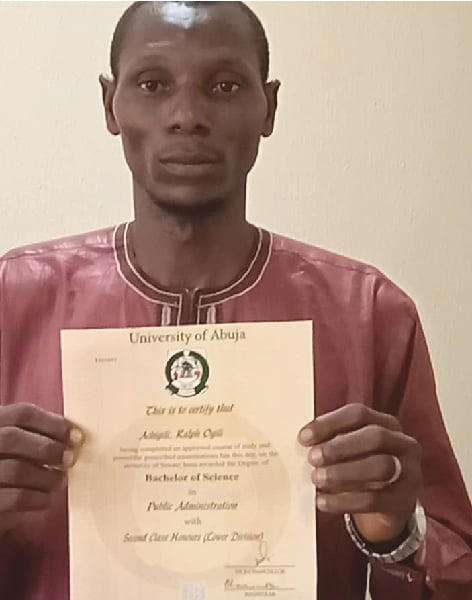
Former President Olusegun Obasanjo on Friday morning led hundreds of people on road walk for diabetes awareness
The significance of this public awareness, championed by a national figure and a former president, cannot be overemphasised. This public declaration by Obasanjo, about his health, when other public figures and politicians would hardly do so, provided more information on diabetes. Another interesting part of that day was when, the former chairman of Diabetes Association of Nigeria (DAN), Professor Sunny Chieneye, in a lecture titled ‘Women and Diabetic: Our Right to Healthy Living’, called for concerted efforts to check the menace of diabetes.
While I was at Ibadan, I had a postgraduate anatomy neighbour, Cynthia Ibe, who was researching type-2 diabetes. It was then I knew there are two types of diabetes— type 1 and 2. She enlightened me more on the causes, management and treatment of diabetes. Our conversation became more interesting and intellectual to the point she told me about the little albino rats she was using for her experiments, the photographs from her results, the reagents and herb extracts she was using for her work, and the hope her research could bring to people suffering from diabetes.
Diabetes—a major cause of blindness, kidney failure, heart attacks, stroke and lower-limb amputation—prevalence has been rising more rapidly in middle- and low-income countries. World Health Organisation (WHO) estimates that diabetes was the seventh leading cause of death in 2016.
According to International Diabetes Federation (IDF), it is estimated that 415 million people are living with diabetes in the world, which is estimated to be 1 in 11 of the world’s adult population. The figure is expected to rise to 642 million people living with diabetes worldwide by 2040. About five million Nigerians live with diabetes, and an estimated two-thirds of diabetics in Nigeria remain undiagnosed. Sadly, this number is going to increase by 2040.
The theme for the diabetes awareness month and World Diabetes Day 2018 and 2019 is ‘Family and Diabetes’. “A two-year time frame has been chosen to best facilitate planning, development, promotion and participation,” IDF said. Despite the majority of people surveyed having a family member with diabetes, an alarming four-in-five parents would have trouble recognising the warning signs. One-in-three would not spot them at all.








